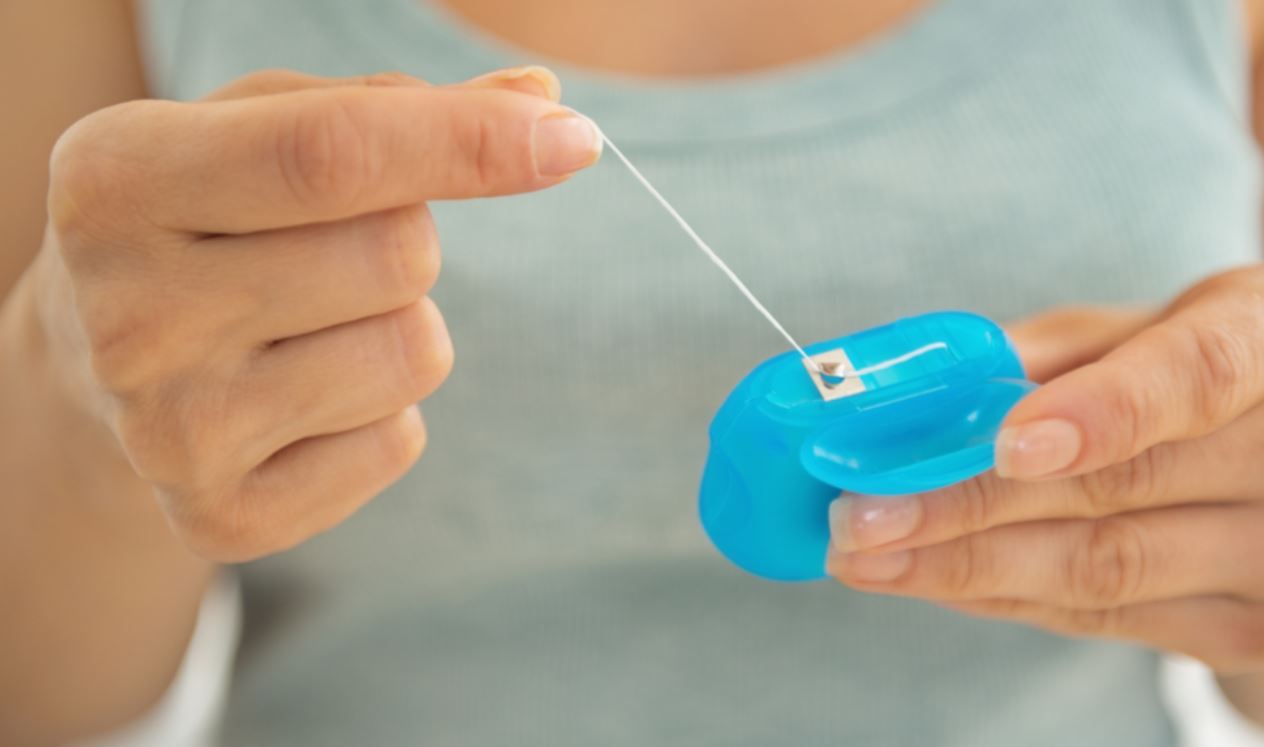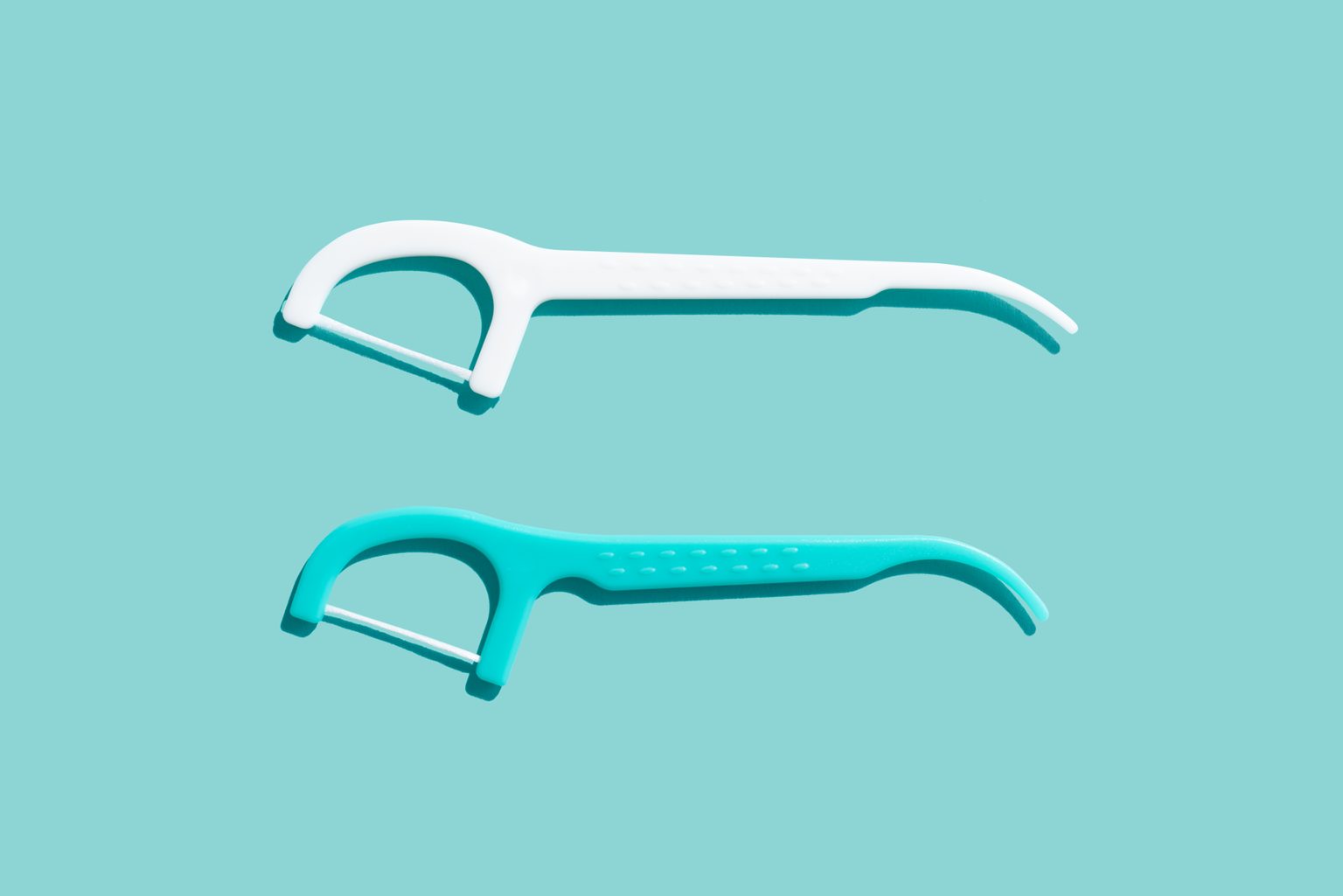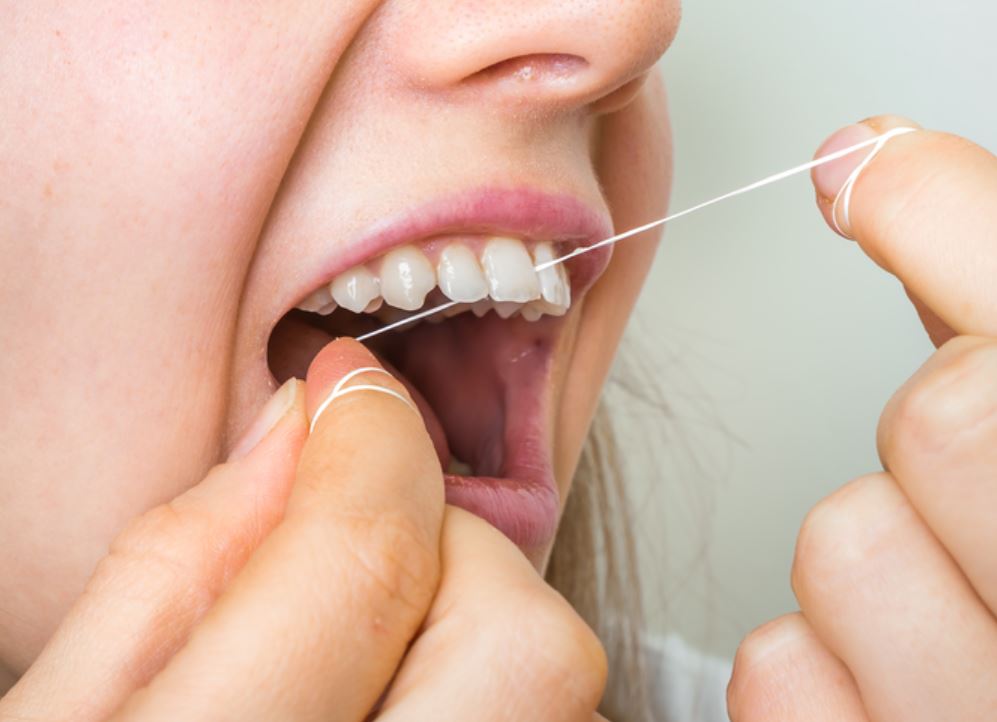It may have the reputation as brushing’s boring cousin, but flossing is a crucial part to any dental maintenance plan…
There’s a reason dentists ask their patients so often about flossing. It’s a really important part of preventive maintenance and long-term oral health. Flossing plays a key part is dislodging food stuck between teeth and under the gum line.
Startling fact: People who skip flossing may be missing 30% of the surface of the tooth. That’s a lot of room for bacteria to build up and plaque to develop.
The good news is this: Making regular flossing, as part of your preventive maintenance regime, hinders tooth decay, prevents gum disease and is well worth the effort.

What is floss made of?
Originally made from strands of silk fibre, but now floss is generally made from nylon/silk composites or plastic/rubber blends. More recently, plastic-free and eco-friendlier options have been making their way onto the market too.
Waxed or unwaxed?
Generally, floss comes in two classic options: waxed or unwaxed.
Which is better? Dentists agree, it doesn’t matter in the slightest. The main thing is that it fits between your teeth easily.
If you’re in doubt, try both and pick your favorite. The same goes for thick or thin floss. Trial and error is the only way to know for sure.
Throw floss away when you’re done, and don’t reuse old floss. Second hand floss is gross, and can reintroduce bacteria into the mouth, maybe not your own.
Other options
Over the last few years, consumer science has delivered big advances in terms of floss flavourings. While the classic mint taste is still the most popular, these days a variety of flavours are available to suit even the most discerning palate. Chocolate-flavoured floss? Check. Bubblegum? Check. And everyone’s favourite, salad.
And if it’s time to move beyond the humble silk-string floss, a range of flossing ‘picks’ are now available, including the popular floss picks.

The ins and outs
The actual technique of flossing is easy to master.
- Grab a piece of floss. We recommend a length of 30 – 40cm, but go with what works for you.
- Wrap it once around a finger of each hand, then pinch the floss between your index fingers/thumbs and pull taut.
- Gently slide the floss between two teeth.
- Gently work the floss up[ and down the side of each tooth, paying particular attention to the area between the gum-line and tooth.
- Repeat on all teeth.
A little blood the first time around is okay; excessive bleeding isn’t. If flossing hurts excessively or if you regularly bleed as part of your normal flossing process, see your dentist.

When?
Floss whenever you have a moment – any time of the day is definitely better than not doing it at all – but many find that the night time is the right time for flossing, perhaps just before bed.
Flossing is an important part of any effective preventive maintenance plan
The secret to effective flossing is to actually do it! It only takes a moment each day, but, over the long term, regular flossing helps keep
Simply Dental can provide you with a custom preventive maintenance plan, focused on getting you to a happy, healthy, and functional place and keeping you there.
